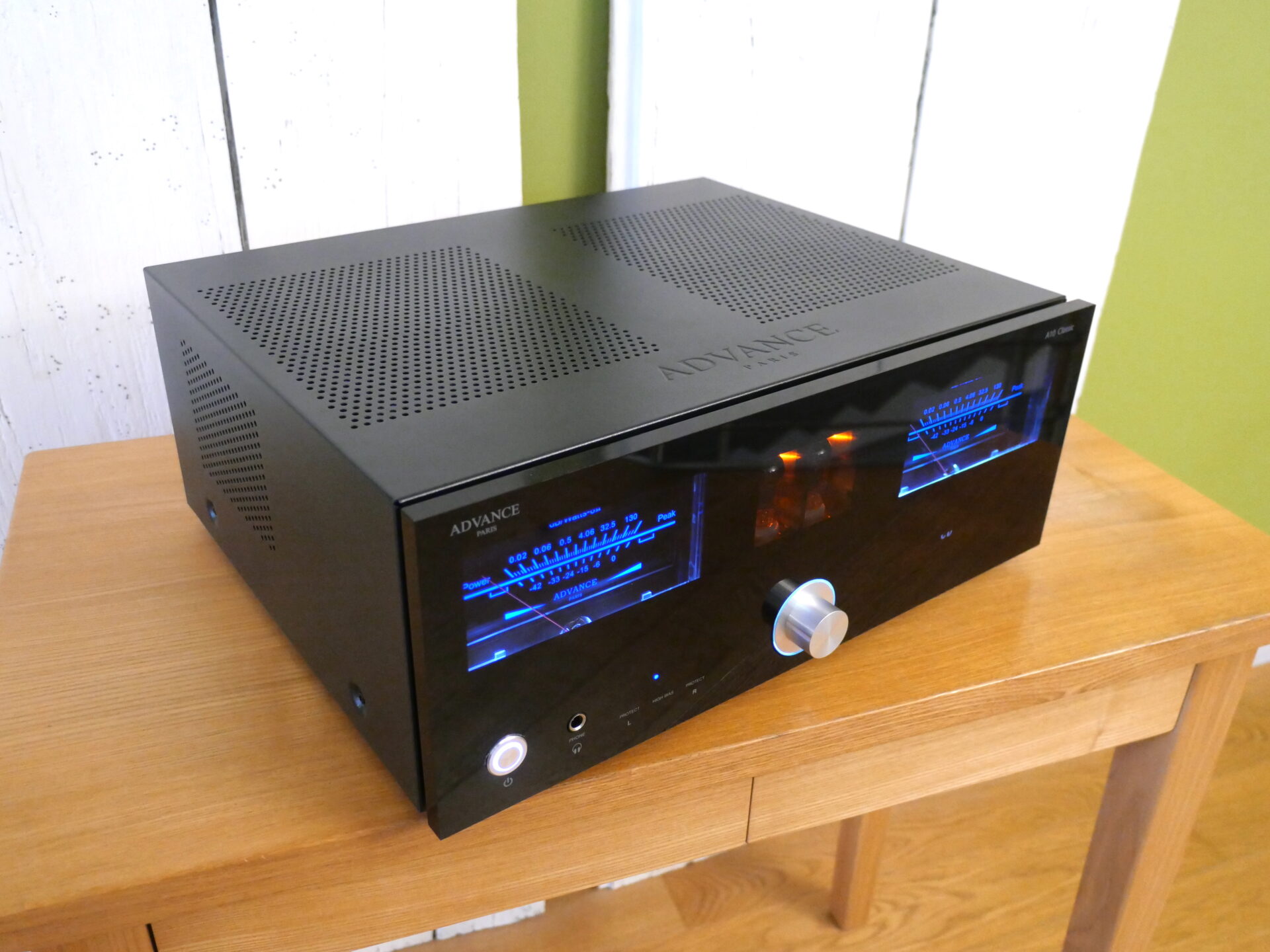 The A10 is equally unflustered by more complex material. It delivers the legendary Kubelik/BSO Má Vlast (DGG MQA-CD UCCG 40085) with a confident swagger, from the irrepressibly bubbling opening of ‘Vlatava’ to its impressive emotional sweep, its shifting densities and explosive dynamic jumps. In fact, ‘unflustered’ pretty much sums this amplifier up. It is communicative and engaging, enjoyable when it should be, impressive when the music demands, reflective when appropriate. In short, it ticks the first and most important hi-fi box: it keeps things together and opens access to the performers and their performance. After that, all else is icing on the cake.
The A10 is equally unflustered by more complex material. It delivers the legendary Kubelik/BSO Má Vlast (DGG MQA-CD UCCG 40085) with a confident swagger, from the irrepressibly bubbling opening of ‘Vlatava’ to its impressive emotional sweep, its shifting densities and explosive dynamic jumps. In fact, ‘unflustered’ pretty much sums this amplifier up. It is communicative and engaging, enjoyable when it should be, impressive when the music demands, reflective when appropriate. In short, it ticks the first and most important hi-fi box: it keeps things together and opens access to the performers and their performance. After that, all else is icing on the cake.
The phono-stage is equally enjoyable. Gain is sufficient for moving-magnets, but I’d hesitate to try a high-output coil, where noise-levels would likely become intrusive. But back in moving-iron land, it was more than musically capable with cartridges from Ortofon, Nagaoka and The Cartridge Man. The latter’s Grado-derived Music Maker was a particular hit, it’s easy, muscular dynamics dove-tailing beautifully with the amp’s enthusiastic response. The bass riff that opens Joe Jackson’s ‘Sunday Papers’ (Look Sharp, A&M Records AMID 120) was deep and pleasingly fruity, even if it was a little soft around the edges. Joe’s distinctive vocals were immediately identifiable, as was the sardonic twist to his lyrics. Playing the Mozart Sinfonia Concertante, K.364 (Iona Brown, Josef Suk and the ASMF, Argo 411 613) the conversation between violin and viola was delivered with a real sense of connection and articulation, each instrument’s tonality and the player’s identity immediately clear and apparent, while maintaining the flow and continuity in the score.
Importantly – especially when considering a budget contender – while the A10 makes the most of great recordings, it doesn’t demand them or unnecessarily expose those discs that are less than the best. It brings its engaging musical enthusiasm to the party, irrespective of what’s being played. It’s going to sound engaging and entertaining whether you are playing CDs from your misspent youth, your parents old classical LPs or the kids’ MP3s. I don’t own a Play Station and I haven’t actually hung the A10 on the TV as yet, but I’ve got ever confidence that it will be just as confident in those roles too… And, crank up the quality of the ancillaries and it responds with equal gusto – another essential attribute for any serious ‘budget esoteric’ offering. Although in this case it could be argued that the relentlessly retro A10 Classic is anything but esoteric. I’m reluctant to saddle it with that over-used and generally meaningless cliché. It doesn’t need the window dressing. With the A10, what you see is very much what you get. Asked to price it on looks alone I suspect most audiophiles would pitch it well above its sub-€2K price-point. Anything up to €5K wouldn’t seem unreasonable. The performance matches the appearance. The A10 Classic sounds way better than you’d anticipate, especially if you lavish a little care and attention on its installation and set-up.

